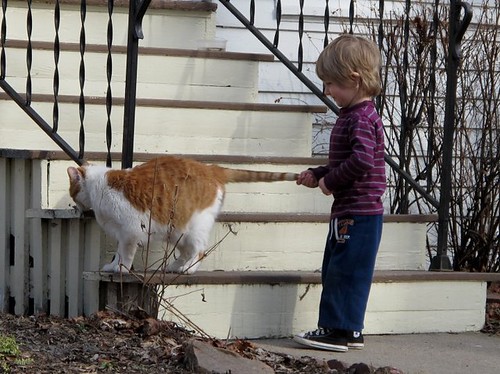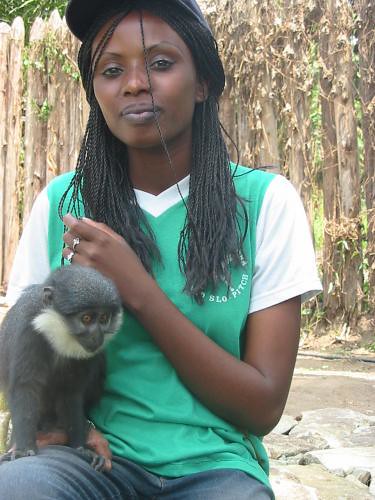This post draws on the content of the previous two postings
In one of the previous postings I presented the following list of innate emotions.
Sad - depressed, down, flat, melancholic, bored, gloomy, low, dull
Scared - worried, nervous, frightened, anxious, terrified, trepidation
Shame - disgust, embarrassment, disgraced, humiliation, degraded, humble
Happy - joyous, delighted, peaceful, playful, glee, contented, glad
Love - affection, adoration, liking, fondness, friendly, intimate
Grief - Loss, lamenting, mourning
Despair - Vacuum, nothingness, hopeless, blank, desolation, numb
Sexual - romantic, seductive, passionate, sexy, sensual, lustful, amorous
Anger - fury, rage, resentful, rebellious, annoyance, hate, spite, sarcasm
The development of feelings that become rackets will be due to a variety of factors one of those being the natural temperament of the child. The differing temperaments will result in a proclivity to have certain feelings and indeed develop particular racket feelings. These are listed below:
Fight - anger, sexual
Flight - scare, shame
Freeze - scare, sad, despair
I also mentioned that a few emotions can be used as a way to parent children so as to get them to comply to the wishes of the parents. Those three being scare, guilt and shame. Thus one can initially look at racket development in a mathematical way.
If the child’s innate temperament is for flight and the parents use shame as a way to socialize the child then we have an additive effect:
Natural temperament of child is flight - 1 point of shame
Parents use shame as a socializing tool - 1 point of shame
In this case the child will have a doubling effect and hence could develop quite a strong shame racket that develops.
The three other options are
Option 1
Natural temperament of child is fight or freeze - 0 point of shame
Parents use shame as a socializing tool - 1 point of shame
Total 1 point
Option 2
Natural temperament of child is flight - 1 point of shame
Parents do not use shame as a socializing tool - 0 point of shame
Total 1 point
Option 3
Natural temperament of child is fight or freeze - 0 point of shame
Parents do not use shame as a socializing tool - 0 point of shame
Total 0 points
In options 1 & 2 there could be some shame racket development whereas in option 3 there would be very little resultant shame racket development.
Attributions
There are other ways which will make emotions prominent in the personality (i.e. rackets). One of those is by attributions. The parents (or others) attribute a certain emotion to the child or adolescent.
When talking about their children to others in ear shot of the child parents may say things like
“She is the timid one.”
“He is the angry one.”
“She always happy and smiley.”
The child is told it is a certain way and in many instances the child will take that attribution on as the parents are imbued with psychological power by the child.
"He is the naughty one." Parents need to be careful with their attributions.
Furthermore in Transactional Analysis this is what is called a carom transaction. The parents do not speak directly to the child but talk about the child to others whilst the child listens on. This is a particularly potent transaction, more powerful than if the parent is speaking directly to the child. Very as well useful for a therapist in group or family therapy.
The other one of note are the feelings of:
Sexual - romantic, seductive, passionate, sexy, sensual, lustful, amorous
This is particularly important for the physically attractive female and the parents need to be very careful with it or it can become quite a substantial racket. The physically attractive girl hears comments about how pretty she looks and then when she reaches adolescence it truly starts. The parents often continue with attributions and carom transactions about the teenage girl and her physical appearance. In addition to this the psychically attractive female suddenly discovers how it effects males attitudes to her. She quickly learns that she can get ‘stuff’ from males because of her physical attractiveness. I don’t mean by having sex with them but at a subtle and often unconscious level she and the male communicate with the sexualness in the background at the very least.
This leaves the physically attractive woman in a precarious position because she can so easily get seduced by her own seductiveness. She learns at a conscious and unconscious level that her physical and emotional sexualness works. She starts to use it more and more often without her even being aware of it. In essence it becomes a racket. The sexualness is used to get males in particular to behave in a particular way. Any emotion can be used to manipulate others including sexuality with the physically attractive female. Over time she starts to rely on it, often without her even being aware of it and that leads to all sorts of negatives for her later on.
The physically beautiful female needs to be careful not to be seduced by her own seductiveness such that it becomes a racket.
It is indeed a difficult thing for parents to deal with. They need to somehow communicate to the physically attractive girl and adolescent not to rely on what their attractiveness can get them when there are going to be significant and powerful pressures to do so. However at the same time for her to enjoy her physical appearance. A difficult line indeed for parents to walk to avoid such a racket developing in the psychology of the girl.
Graffiti




No comments:
Post a Comment